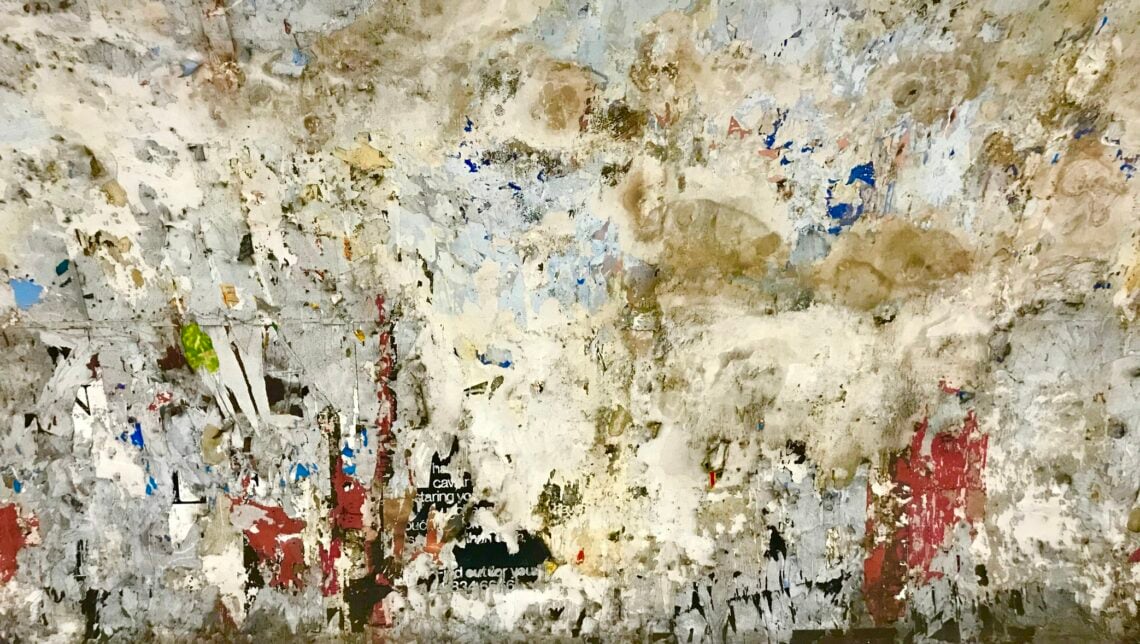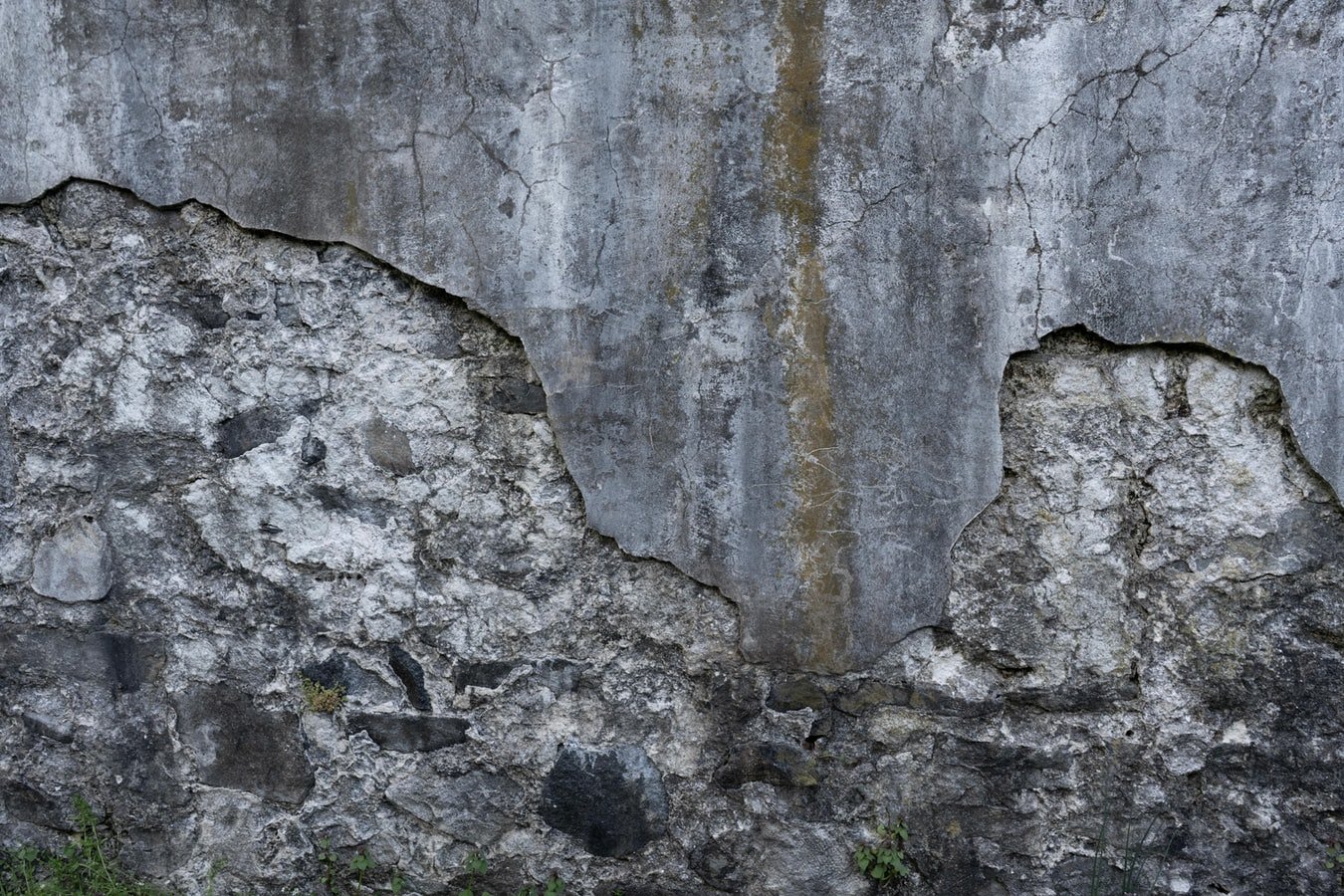Water damage disasters can leave you feeling helpless and frustrated. But with quick thinking and action, you can prevent permanent water damage to your home.
Whether the cause is a natural catastrophe or something you might have done carelessly, water damage can be hazardous for your home. Usually, you can clean up most of the water by yourself. However, sometimes, the water is toxic to the point that you need professional help.
In this comprehensive guide, we will tell you about the kinds of water damage and how you can repair them. The most important thing to remember is that you need to work fast.
So, without further ado, let’s get straight to the deets.
Related Articles
Foundation Repair 101 | All You Need To Know
Learn How to Protect Your Roof and Home from Water Damage
All About Water Damage Repair
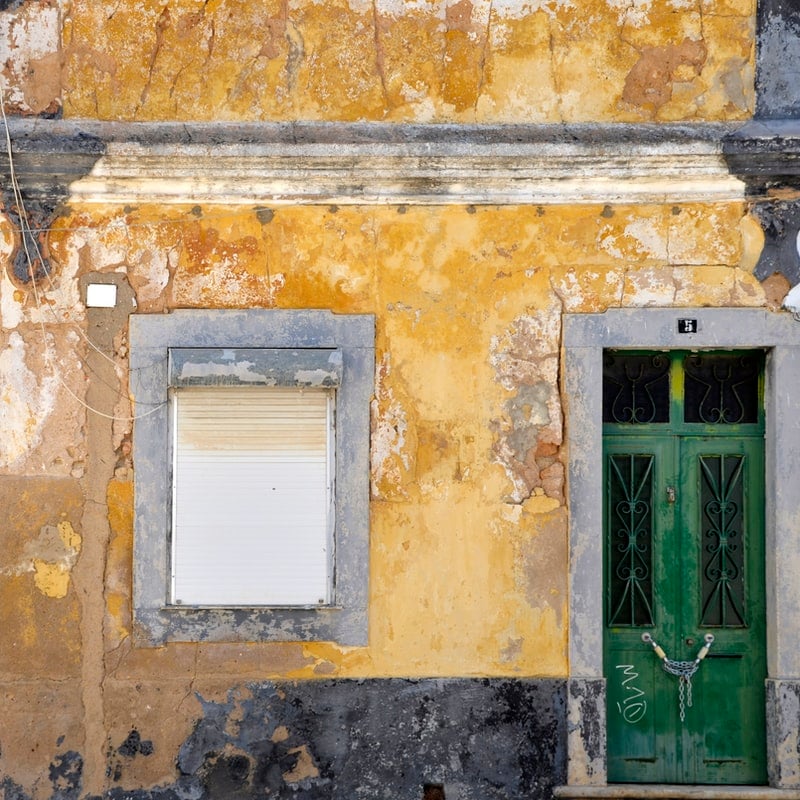
Water damage can occur for a number of reasons–from faulty plumbing, leaky roofs, broken washers to natural calamities like floods or hurricanes. Allowing the water to stagnate can cause irreparable damage to your home, which is why you need to act fast.
But first, did you know that there are three different types of water that can cause damage? Here’s what you need to know about them.
Types Of Water
Depending on the type of water, you can gauge the damage and how to repair it. Here are the three types of water:
-
Clean Water
Clean water occurs primarily from condensation, rainwater entering your home, leaky pipes, or accidental pipe bursts. This kind of water leakage is easy to clean up on your own and is relatively safe.
-
Gray Water
As the name suggests, this kind of water is slightly dirtier and more contaminated. It comes from your dishwashers, toilets, washing machines, etc. Although you can choose to clean it up yourself, you have to be mindful of using safety gear and dispose of the water properly.
-
Black Water
Black water is the most dangerous of them all as it may contain bacteria, toxic substances, chemicals, and waste. This water originates from sewage, flooding of rivers, etc. Unfortunately, you cannot and should not attempt to clean this water on your own. You will need professional help for this kind of water damage repair.
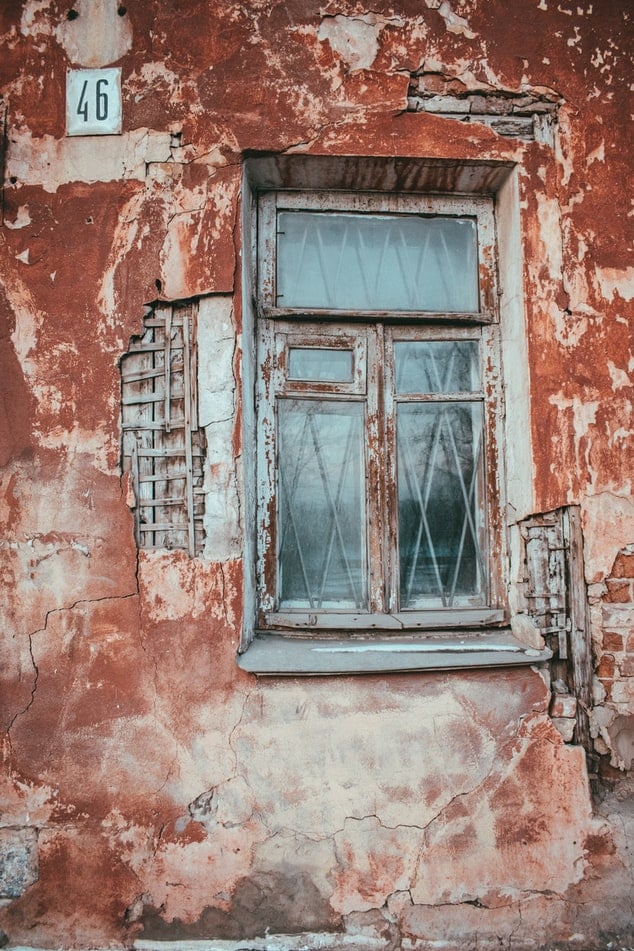
Water Damage Repair Techniques
As soon as you notice the starting signs of water damage, you need to act fast. In most cases, you can clean up the water damage by yourself. In more severe cases, you’ll need the help of a professional.
-
Safety First
First and foremost, you need to ensure that you and your family are safe. In case of issues like flooding, pipes bursting, or any instance where you notice stagnant water, completely turn off the electrical power supply.
After this, you might have to shut off the main water inlet valve to ensure that contamination doesn’t occur. However, in the case of major flooding issues, you will need to turn off the gas supply as well.
Ensure that no one wades through the murky water, as it can cause accidents or injuries. Moreover, wear protective gear so you don’t risk contamination.
-
Start The Drying Process
It is imperative to get rid of the water and moisture at the earliest. The longer you let it sit unattended, the more damage it will cause. Then, repairing this damage will turn out to be an expensive affair.
For smaller leaks and bursts, it will not be challenging to get rid of the water. Use mops, fans, and ventilation to dry out the area as much as possible. However, you may have to use hand, gas, or electric pumps to get rid of the water in case of larger flooding issues.
Once you have removed the water from the affected areas, dry the areas with either natural warm air circulation by using a heating system or electric fans. This process will ensure there is no (or minimal) molding.
-
Inspect For Mold & Mildew
Mold thrives in moisture and dark, damp areas. It takes as little as 24 hours for mold to start growing after a water accident in your home. The presence of mold is extremely toxic to humans, as well as your pets. Moreover, it can cause extensive damage to your property.
Inspect your home for signs of mold and mildew. Keep in mind that it can grow in places you least expect it, so carefully look around as it is possible for you to be thorough with your inspection and still miss out. In that case, you should call in a professional.
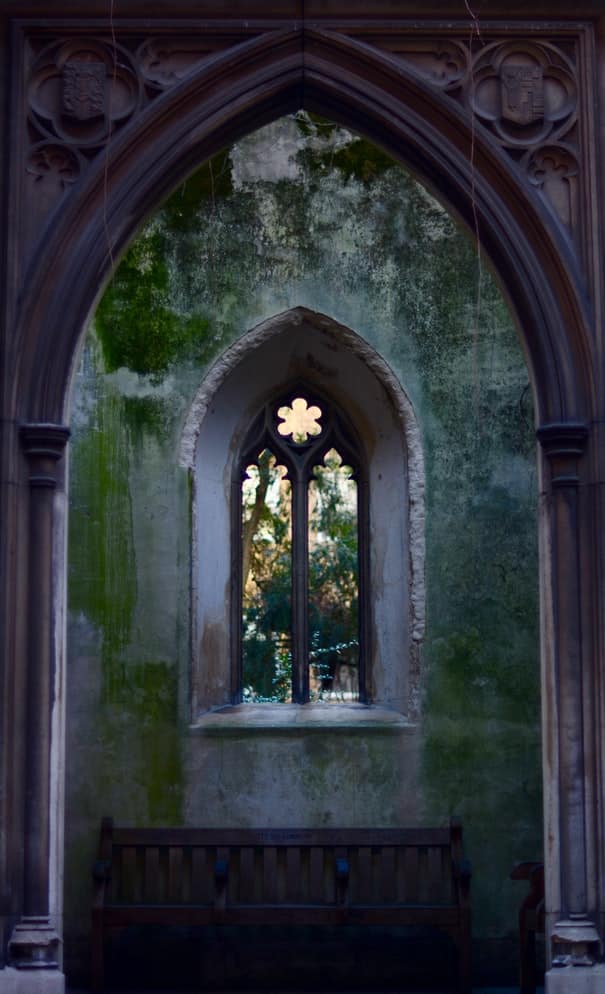
-
Throw Out Debris
Although clean water may not contain as many contaminants and debris, you will find a lot more coming in with gray and black water. As far as possible, clean out the debris from around your area. Of course, if the water or debris is toxic, leave it alone and let a professional take care of it.
If any item in your home has been severely damaged because of water damage, throw it out immediately (or bag it away safely for insurance purposes). That being said, if any porous material has been damaged by water, you will need to throw it out immediately as it cannot be salvaged and will rot.
-
Focus On Your Ceiling
In case the water damage has affected your ceiling, your first focus should go there. This is because you don’t want your ceiling sagging or falling suddenly, causing an accident.
Remove any affected ceiling boards or parts that have been damaged. In case the ceiling damage is caused by a leaky roof, inspect and find the source of the problem. Call for a professional immediately so they can assess the extent of the damage and prepare up the cost for repair.
-
Disinfect Any Remaining Items
Once you have safely removed all the damaged materials, begin disinfecting the remaining items. You could use a number of solutions–from homemade cleaning solutions to bleach and commercial cleaning products.
While doing this, ensure that you target any remaining mold spores and remove them so they don’t spread around your home. You need to protect yourself during this cleaning process, so wear your protective gear, such as masks, goggles, gloves, and a protective suit, before you start cleaning.
-
Assess The Damage
You need to assess the extent of water damage in your home so you can figure out how much repair or replacement is required. For this process, it is best to call in a professional who can inspect your entire home with a professional, keen eye.
The damage can extend not just to your floors and walls, but also to the plumbing system, under your floorboards, and places you might have otherwise missed. Before fixing up a contract, make sure you get an estimate on how much you would have to spend, both in terms of money and time.

-
Contact Your Insurance Company
After the inspector has completed a detailed assessment of your home, it is time to contact your insurance company. It is common for your insurer to send a claims adjuster to your home–someone who will document all the steps taken by you and also evaluate the water damage to your property and assets.
Depending on what kind of insurance policy you have, your insurer might chip in for a significant amount of the repairing costs. However, if you have not been smart with your insurance, you might have to shoulder a considerable amount by yourself.
-
Replace & Repair
Now begins the process or repairing and replacing. It would be best if you started with your floors and ceiling and then move on to the walls. It is essential to maintain the structural integrity of your home during this process.
Moreover, select the right materials while replacing your current, damaged ones. You can take your contractor’s help and procure better materials that are stronger, more durable, and water-resistant.
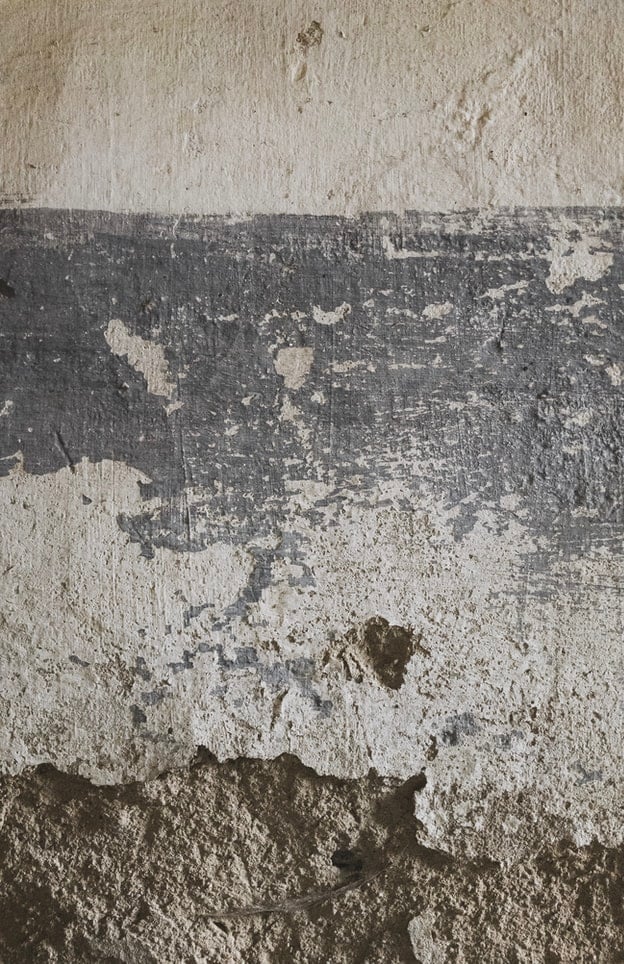
Final Words
Once you have completed all of these steps, you will be ready to move into your home.
Repairing water damage in your home is a difficult, challenging time. The entire process will take up a lot of your time and money. It is crucial to find the right insurance company beforehand so that you can prepare for these kinds of accidental situations.
Of course, if you live in an area that is prone to flooding, hurricanes, etc., it is smart to have good insurance. That being said, we understand how difficult it is to go through this process.
Taking preventive measures can help save your property from extensive water damage. We hope our guide helped you in understanding the right steps you need to take after these situations.
Until next time, stay safe!
